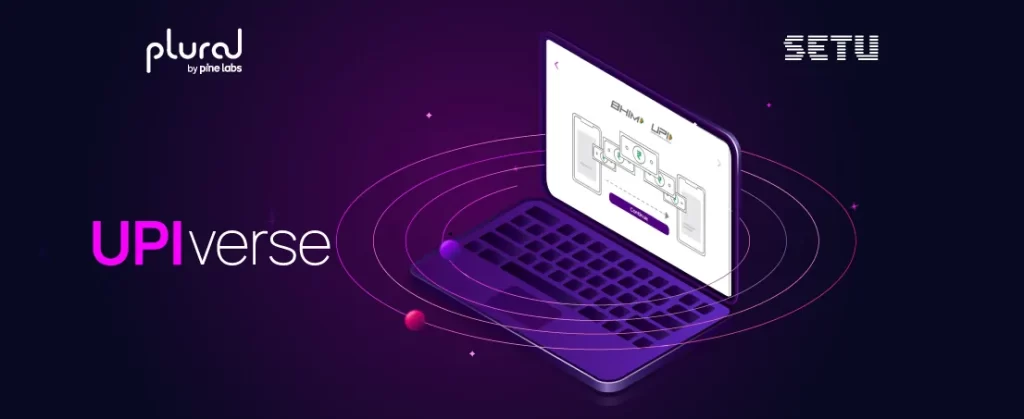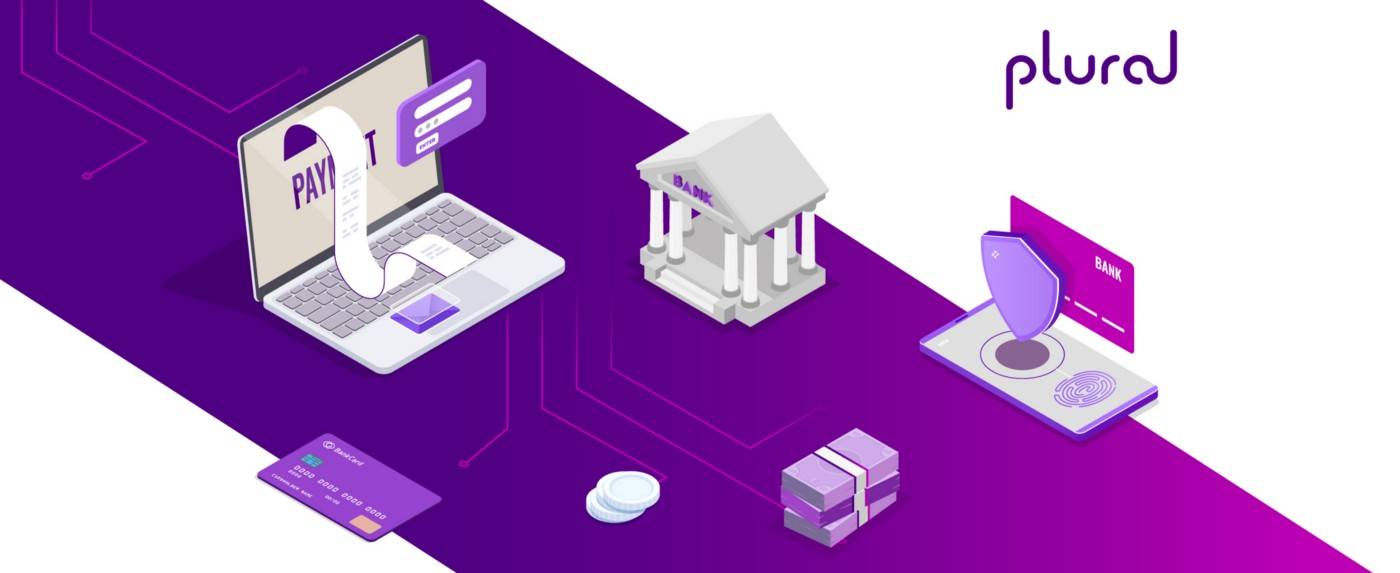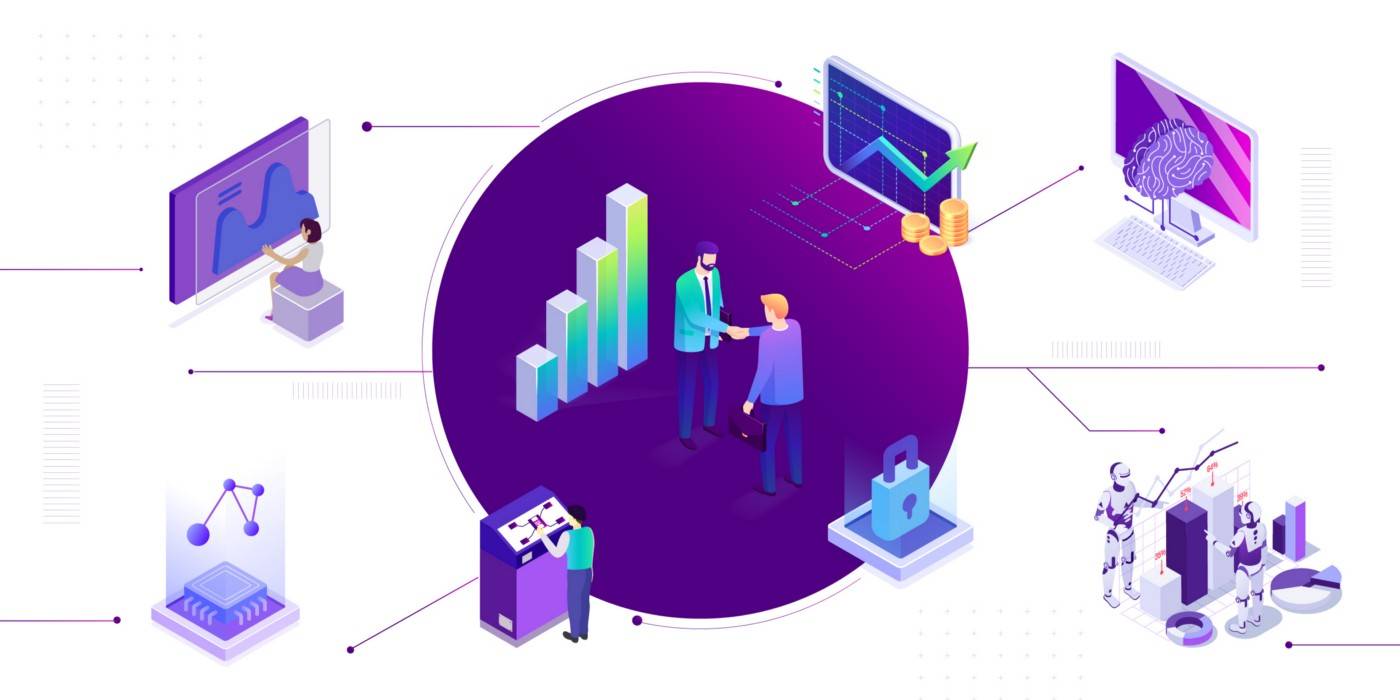Since the launch of India’s Unified Payments Interface (UPI) system in 2016, there has been a significant rise in the number of UPI transactions by businesses and consumers. UPI is an important development in the financial services system due to the convenience, security, and opportunity it brings to users.
In October 2022, UPI transactions in India were valued at an all-time high of INR 12.11 lakh crore via 731 crore transactions. This translated to month-on-month growth of 7.8%. It was the first time in history that the value of UPI transactions had surpassed the INR 12 lakh crore ticket size.
Overseen by the regulatory body National Payments Corporation of India (NPCI), the number of UPI transactions is expected to grow even further. Businesses that offer UPI transactions to clients and consumers will have a competitive edge.
Today, consumers can even leverage the UPI network when using credit cards. Hence, this system is expected to evolve to offer more value for consumers and businesses. Businesses must thus get savvy about accepting payments via the UPI system. To that end, let’s understand how to check the UPI transaction status and its significance to businesses.
What is a UPI transaction status?
According to NPCI data, in 2022, approximately 74 billion transactions were conducted using UPI. The total value of transactions amounted to INR 125.94 trillion. Compared to 2021, 2022 saw almost 90% more transactions via UPI. The average value of transactions had increased by 76%.
As the number and ticket size of UPI transactions keep growing, businesses will need a mechanism by which they can track all transactions.
Each UPI transaction is allotted a transaction ID, which is associated with relevant data. Every UPI transaction has a unique ID. Businesses can track the UPI transaction status by referring to this transaction ID. This means they can establish whether the UPI payment has been initiated, whether it is in process, if the transaction is complete, or if it has failed. The UPI transaction status is also accompanied by a time stamp that reveals the time of the transaction.
How to check the UPI transaction status
The UPI transaction ID status can be easily checked online. Here is a step-by-step guide on how to do so:
- The first step is to log in to the application being used by you.
- Next, click on ‘transaction history’. Typically, all transactions can be seen in one shot.
- Click on the one that you are looking to track.
- You will then clearly be able to view the UPI transaction ID and the status. For instance, if the transaction has been successful, then the transaction reflects as “completed”.
- Typically, transactions take place within seconds. But at times, there may be delays due to server issues.
- Businesses can cross-check their bank accounts to see whether the amount has been credited or debited as expected.
- You can also check your transaction history to view all transactions at one go.
- Ideally, businesses must check the UPI transaction status as soon as the transaction is done. This ensures that any issues can be addressed instantly rather than later on.
When the transaction does not go through
At times a transaction may not go through due to various reasons. Businesses need not panic as the issue can be easily resolved.
- The first step is to contact the customer service of the app being used to quickly resolve queries around the UPI transaction status. Typically, the customer support of such apps is very proactive since the UPI transactions happen in real time, and the stakes for any monetary transaction are high. Engagement with customer service can happen either via a chatbot or by directly calling the customer service number.
- Businesses can also report the issue using a Retrieval Reference Number (RRN) or Unique Transaction Reference. The RRN is a unique identifier, which is assigned by an acquirer to an authorisation. They can report it on the NPCI website.
In conclusion
Consumers today seek the power of choice when it comes to making payments. A seamless payment experience translates to higher consumer trust, fewer drop-offs at the point of sale, and increased revenues. Hence, businesses facilitating payments via UPI can develop a competitive edge in a crowded and competitive market.
To ensure a hassle-free, efficient, secure payment experience for customers, businesses can partner with a tech-enabled service provider that continuously innovates to keep pace with changes in the financial services ecosystem. Plural teamed up with Setu to bring the UPIverse — a complete suite of UPI offerings for businesses, namely:
- UPI Switch by Setu
- Payment gateway with UPI Intent flow
- UPI Autopay
- UPI DeepLinks by Setu
UPI Switch by Setu is the industry’s first end-to-end solution for merchants to adopt all UPI-based product offerings. It offers a robust product layer to cater to any use case in the market, including autopay, eRUPI, links, QR, and credit card-based payments.
Plural Gateway helps businesses collect payments via UPI in a hassle-free manner. It also enables UPI intent flow, where companies can accept UPI Intent payment requests for both payment gateways and payment links for channels such as seamless integration, Checkout, and PayByLink.
UPI Autopay is a payment solution to collect recurring payments using UPI as the primary payment method.
UPI DeepLinks is a UPI-based solution that enables merchants to embed UPI payments on WhatsApp and other popular platforms to collect payments from customers easily.
UPIverse is your go-to platform for all things UPI. Think UPI, think Plural. Interested in getting started? Drop in your details here and get early access.
Plural by Pine Labs has received an in-principle authorisation from the Reserve Bank of India (RBI) to operate as a Payment Aggregator.
Setu has received an in-principle authorisation from the Reserve Bank of India (RBI) to operate as an Account Aggregator.

Amrita Konaiagari is a Marketing Manager at Plural by Pine Labs and Editor of the Plural blog. She has over 10 years of marketing experience across Media & Tech industries and holds a Master’s degree in Communication and Journalism. She has a passion for home décor and is most definitely a dog person.



